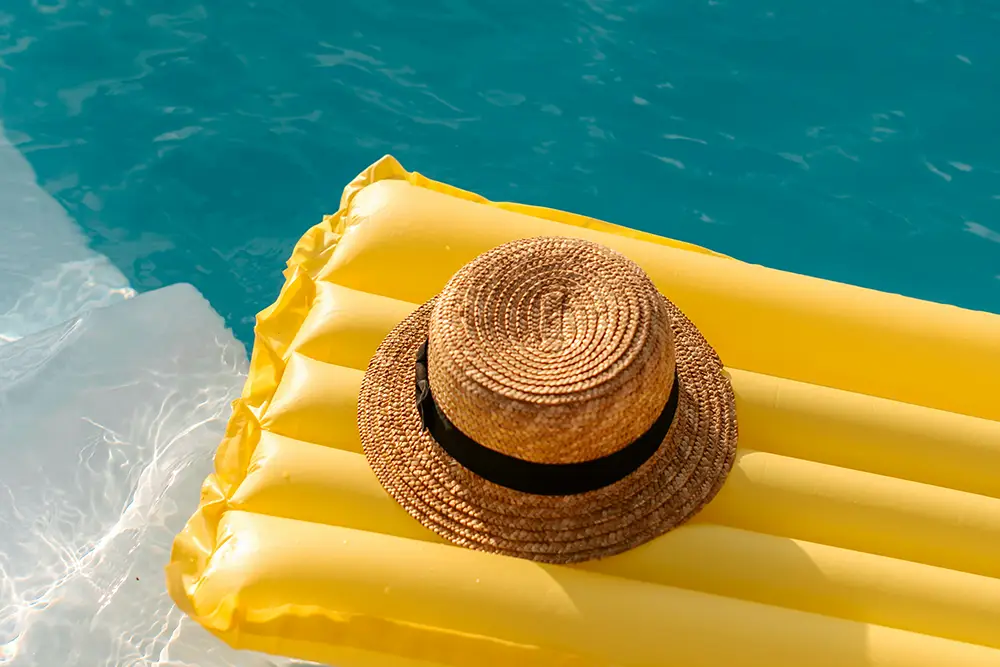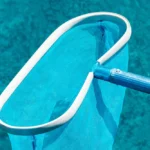When choosing pool material in Florida, fiberglass has many advantages. These pools can be set entirely in the ground or with about 18″ of the pool’s rim above the ground. These options work well in areas with a high water table, like Brevard County.
Specifications and Installation of Fiberglass Pools
A fiberglass pool is a one-piece molded unit that is transported to your home and placed into a prepared hole.
- Maximum size is 16 x 40 feet
- Maximum depth is eight feet
- Pools are available in various sizes and shapes
Fiberglass pools are molded in various shapes, ranging from round to freeform, but they cannot be tailored. Your yard must be large enough to accommodate the pool. Additionally, because they are transported by truck, they must meet transportation size regulations.
Benefits of Fiberglass
Fiberglass pools are the easiest to maintain, according to many manufacturers. They have a gel coat that is usually blue and very rugged. Different colors are also available, including yellow, green, and red. You can also order a black or dark blue gel coat to complement your landscape. The darker colors absorb and hold heat, which can reduce energy costs.
Another benefit of fiberglass is that it’s difficult to damage the surface, and it rarely cracks. They are not affected by ground vibrations. The most important part of the installation is the backfill once the pool is in place.
When considering a location for your pool, note that the ground should be a mixture of sand and dirt with good drainage. The pool must be filled immediately and remain full to the recommended waterline. An empty pool can buckle if the ground is wet and too much pressure is exerted on the pool’s sides.
Fiberglass hot tubs can be installed either in-ground or above ground as a stand-alone unit. Some larger fiberglass swimming pools can also be installed above ground if a wall or hillside supports them. Well-maintained fiberglass pools will last for more than 20 years, although the gel coat may need repainting.
Benefits of Concrete and Gunite Pools
Traditional swimming pools are typically made from concrete or gunite, a mixture of concrete, sand, and water applied through a high-pressure hose. The pool material is applied to a rebar frame that holds the mix in place. A plaster coating is applied to the pool’s interior surface to maintain its smoothness and watertightness.
Decorative tile can be placed anywhere on the surface, leading to many beautiful and original designs. Tiles are often placed around the waterline.
Gunite pools can be made in any shape, size, and depth. This is why most freeform pools in unusual shapes are gunite. Many gunite pools have hot tubs attached. Diving pools and Olympic-size pools are also usually gunite. Resorts also use this type of pool, often with swim-up bars and landscaped islands in the designs.
This is the most expensive pool to install, but it can last for decades with proper maintenance.
Choose The Right Pool Material
When choosing the best materials for your pool, it’s good to work with experienced pool builders. At Water in Transit, we have decades of experience installing commercial and residential pools. Schedule your free consultation and learn more about the best materials for your dream pool.


